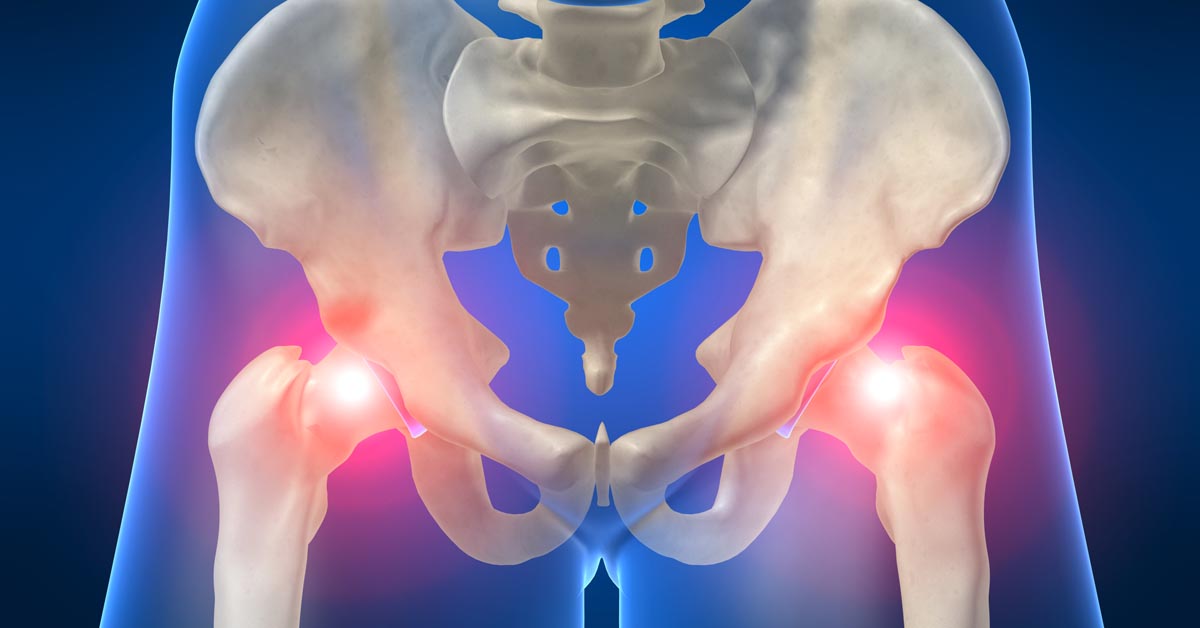My goal in helping people with back pain is to help them make meaningful improvements in their capacity to function in their activities while reducing their pain.
 In that regard one of the biggest challenges I have is helping patients sort through the huge number of treatments that are promoted commercially in all sorts of media. The number of advertised treatments is immense. Let me be blunt. Our system of healthcare in the US is profit driven. Since back pain is such a common problem (very few people go through their life without it and most of us have it more than a few times), there is a huge market of customers to sell products and services too. Patients are confused about what treatments can help them- and here are some good reasons.
In that regard one of the biggest challenges I have is helping patients sort through the huge number of treatments that are promoted commercially in all sorts of media. The number of advertised treatments is immense. Let me be blunt. Our system of healthcare in the US is profit driven. Since back pain is such a common problem (very few people go through their life without it and most of us have it more than a few times), there is a huge market of customers to sell products and services too. Patients are confused about what treatments can help them- and here are some good reasons.
- In chronic low back pain the treatment options are endless and are increasing every year. Each treatment has very vocal and strong advocates, and often limited scientific evidence to support it.
- All the advertising emphasizes the benefits with no mention of the negatives.
- Many people have had treatments that failed and this frustrates and deepens the confusion.
An article in the highly regarded Spine Journal does a great job of presenting the breadth and depth of this problem. The authors; Haldeman and Dagenais, make a great analogy equating our health care approach to low back pain with the experience one gets in shopping at a supermarket. In a supermarket thousands of new products are displayed each year- some are healthy and many are not, but all have marketing and advertising behind them. In the low back pain market the situation is similar. The authors describe the low back pain market as aisles of a supermarket and the analogy is very enlightening. In the supermarket approach to low back pain we have aisles of treatment just as we have aisles of food in the supermarket. Here they are.
- Aisle 1: Pharmacological- more than 60 products
- Aisle 2: Manual Therapy- 32 different therapies
- Aisle 3: Exercise- 20 different exercise programs which does not include all the exercise machines and devices that are widely promoted in the media
- Aisle 4: Physical Modalities- 26 different approaches each with numerous variant techniques
- Aisle 5: Educational and Psychological- 9 therapies but not an exhaustive list
- Aisle 6: Injections- over 20 types of injections that have numerous subtypes
- Aisle 7: Minimally Invasive- 3 main types with many subtypes- this category is rapidly growing
- Aisle 8: Surgery: 11 of the traditional and newer approaches are listed- there are subtypes of most.
- Aisle 9: Lifestyle Therapies: just a few are listed
- Aisle 10: Complementary and Alternative: these are growing in popularity
Overall there are more than 200 therapies listed in this journal article which the authors admit is not a comprehensive list. I’m not going to put them all in this blog post but just so you can get a flavor- here is the full list for Aisle 1: Pharmacological
- Acetaminophen
- Anticonvulsants: Clonazepam, Gabapentine, Levetiracitam, Pregabalin, Tiagabine, Topiramate, Valproate
- Oxycarbamazepine
- Phenotoin
- Topiramate
- Antidepressants: Amitryptalline, Clomipramine, Desipramine, Duloxetin, Imipramine, Nortryptalline, Paroxitine, Trazadone, Venlafaxine
- Caffeine
- Capsaicin cream
- Lidocaine patches: Tolmetin, Valdecoxib
- Muscle relaxants/anxiolytics: Aprazolam, Baclofin, Carisoprodol, Chlodiazepam, Chonazepam, Cyclobenzaprine, Dantrolene, Diazepam, Ethchlorvynol, Lorazapam, Metaxolone, Methocarbinol, Temazepam, Tizanidine, Tolperisone
- NSAIDS: Aspirin, Buffered aspirin, Celecoxib, Diclofenac, Diflusinal, Enteric coated aspirin, Etodolac, Etoricoxib, Fenoprofen, Ibuprofen, Indomethocin, Ketoprofen, Ketorolac, Meloxicam, Nabumetone, Naproxen, Oxaprocin, Oxaprozin, Piroxicam, Rofecoxib, Salasatel, Sulindac,
- Opioids: Avinza, Codeine, Hydromorphine, Kadian, Levorphanol, Methadone, Morphine sulphate, MS Contin, Oxycodone, Oxycontin, Oxymorphone, Tramadol, Transdermal Fentanyl
If you would like to see the full list of all treatments please click this link: A_supermarket_approach_to_the_evidence-informed_ma.pdf. Keep in mind that this article was written in 2008 so there are likely many more therapies that would be on the list today. So what is the way out of this mess? Here are a few suggestions
- Doctor’s and other healthcare practitioners that treat low back pain are usually well informed about the efficacy of the treatment that they supply, but they know little about other treatments for low back pain. Doctors should be able to give their patients concrete reasons and back it up with research as to why they recommend or don’t recommend a specific treatment.
- Doctor’s should be steering their patients to utilize the best researched and safest treatments as a first step. In that regard; exercise,chiropractic and simple education about how pain works have been repeatedly shown to be the most effective.
- Doctor’s should be teaching people how to care for their own back as much as possible. Patients should take an active role in their own care and demand information from their doctor about how they can treat themselves early on with safe therapies.
- For my personal recommendations and a step by step approach to planning every aspect of your low back pain care click here
References:
- Haldeman, S., & Dagenais, S. (2008). A supermarket approach to the evidence-informed management of chronic low back pain. The Spine Journal, 8, 1–7.
Dr. Joel Schwartz DC DACNB is a Board Certified Chiropractic Neurologist. He is the developer of Orthopedic/Neurological Diagnosis and Treatment: the Brain Body Method. Dr. Schwartz treats people with back pain in Monroe Township NJ and the surrounding communities of Spotswood, East Brunswick, Old Bridge, Marlboro, and Manalapan which are located in Middlesex and Monmouth County NJ.



